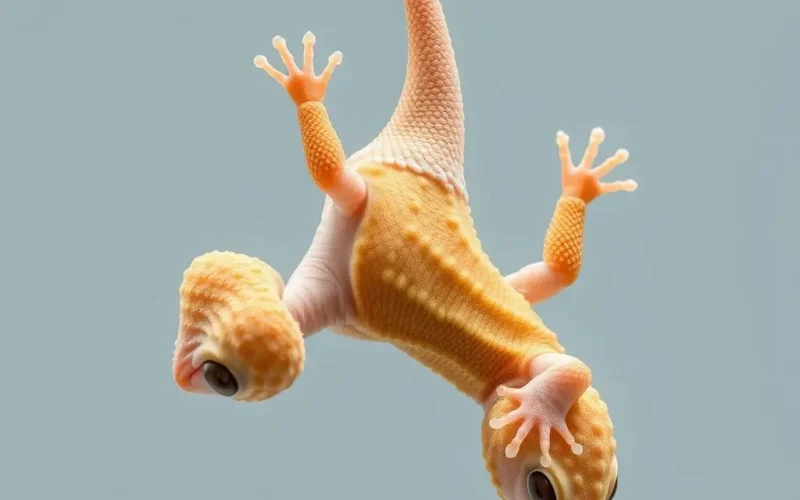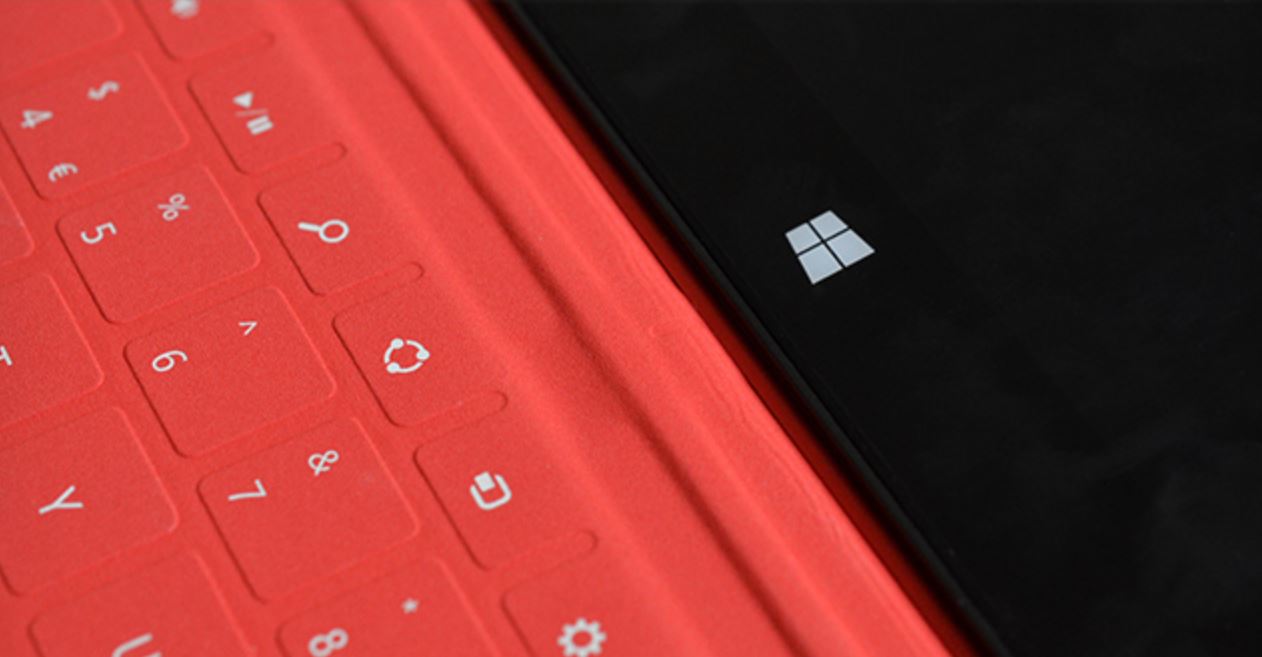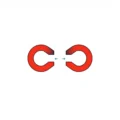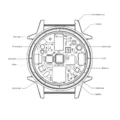Imagine defying gravity, effortlessly strolling across ceilings or scaling vertical glass walls. While such feats belong to the realm of superheroes in human imagination, a small, remarkable creature achieves them daily with astounding ease: the gecko.
For centuries, the gecko’s seemingly magical ability to cling to almost any surface, smooth or rough, without sticky residues, has fascinated observers. How does this tiny lizard manage such an incredible grip?
Table of Contents
The Secret Weapon: Millions of Tiny Hairs
The answer isn’t some internal glue factory. The gecko’s superpower resides in its feet, specifically in the structure covering its toe pads. These pads are equipped with millions upon millions of microscopic hair-like structures called setae.
But the setae aren’t just simple hairs. Each seta branches out further at its tip into hundreds, sometimes thousands, of even tinier, flattened structures resembling spatulas. These are known as spatulae. Think of it like the bristles on a brush, but each bristle tip is split into many smaller, flexible ends. On a single gecko footpad, you can find over a billion spatulae!
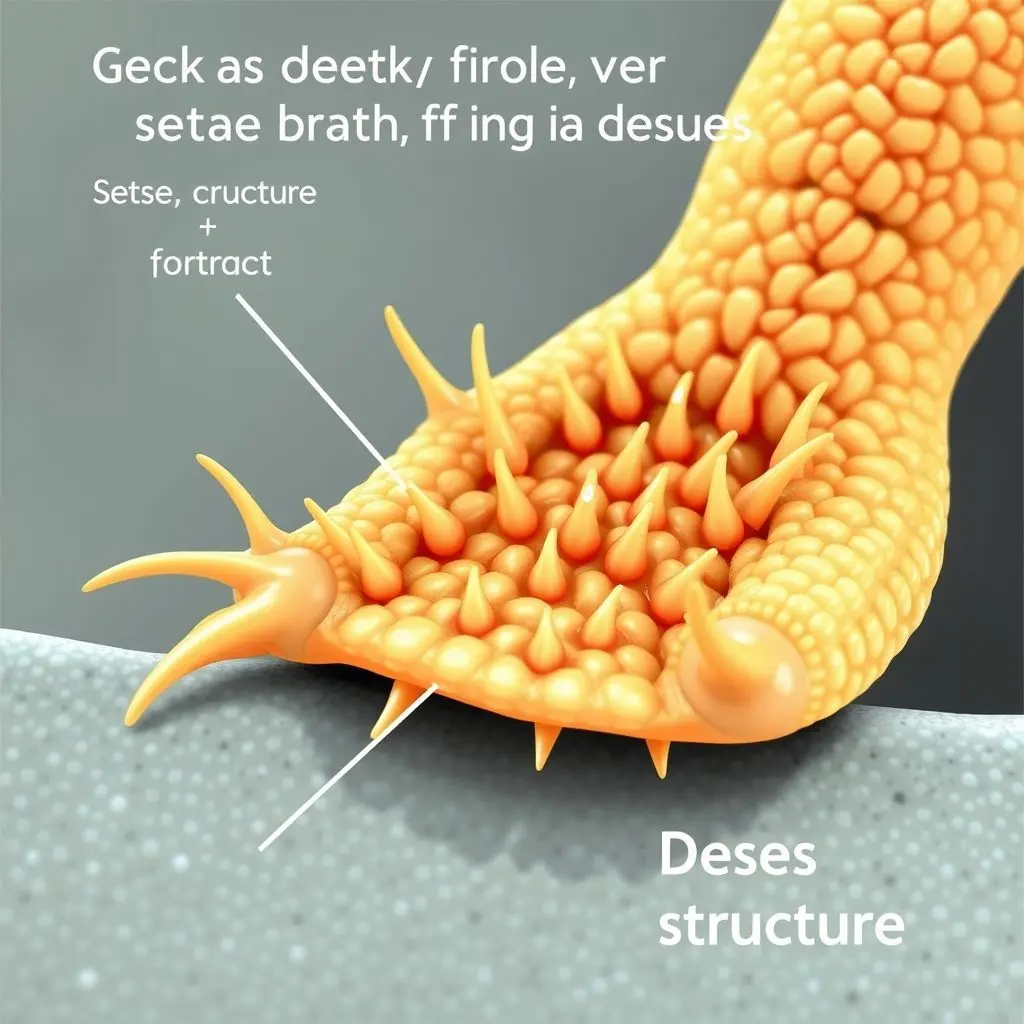
The Science of the Stick: Van der Waals Forces
The true marvel happens when these spatulae come into contact with a surface. Because they are so numerous, incredibly flexible, and designed to maximize surface area contact, they get astonishingly close to the atomic landscape of whatever the gecko is walking on. When atoms or molecules get this close to each other, even on seemingly smooth surfaces, weak attractive forces between them come into play. These are known as Van der Waals forces.
Individually, a single Van der Waals interaction is incredibly weak – far too weak to hold a gecko’s weight. However, the genius of the gecko’s foot is the sheer cumulative effect. With millions, even billions, of spatulae making intimate contact, each contributing its tiny bit of Van der Waals attraction, the combined force becomes strong enough to support the gecko’s entire body weight, and often much more! This is why geckos can hang upside down or climb vertical glass without slipping.
Crucially, this adhesion is not sticky. There’s no chemical bond formed and no residue left behind. The gecko can attach and detach its feet effortlessly by changing the angle of the setae relative to the surface, effectively engaging or disengaging millions of these tiny contact points on demand. It’s a mechanism based purely on physical proximity and intermolecular forces.
When Nature Becomes the Teacher: Enter Biomimicry
Observing the gecko’s remarkable, residue-free, and reusable adhesion system, scientists and engineers had a powerful realization: could we replicate this natural design? This approach, where we look to nature’s solutions for engineering challenges, is called biomimicry.
The gecko’s foot became a prime example of how millions of years of evolution can develop incredibly efficient mechanisms. The challenge for humans was to reverse-engineer this complex biological structure and translate its principles into synthetic materials and systems.
Speaking of seeing this natural wonder in action and understanding the basic concept, sometimes a quick visual helps it stick! Take a look at this short clip:
From Biology Lab to Engineering Bench: Creating Synthetic Gecko Adhesives
Replicating the gecko’s foot at a microscopic scale has been a significant engineering challenge. Scientists are working with advanced materials like polymers and carbon nanotubes to create synthetic surfaces covered in billions of microscopic pillars or fibers that mimic the setae and spatulae. The goal is to achieve the same high-density, flexible contact needed for strong Van der Waals forces.
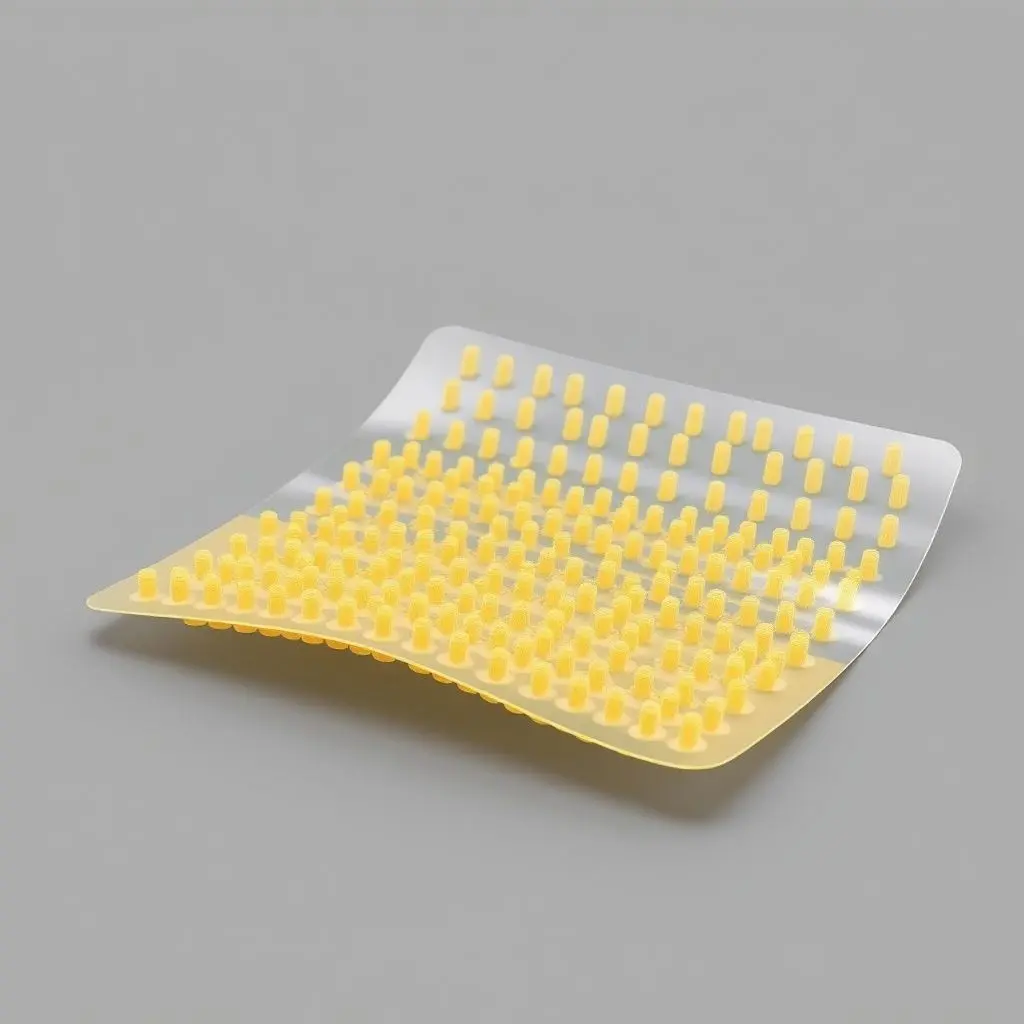
Early prototypes demonstrated the potential, showing strong adhesion on smooth surfaces without sticky residue. However, scaling up production, ensuring durability under repeated use, making them work reliably on different surface textures, and addressing issues like performance degradation in the presence of dirt or moisture are ongoing areas of research.
Applications Beyond the Wall
The potential applications for gecko-inspired adhesives are vast and exciting, leveraging their unique properties: strong adhesion, residue-free removal, and reusability.
- Medical Field: Imagine bandages or wound dressings that stick firmly but can be peeled off without causing pain or damaging fragile skin. Gecko-inspired adhesives could revolutionize medical tapes, surgical grips, and even drug delivery patches.
- Robotics: Climbing robots could use these adhesives to navigate vertical surfaces for inspection, cleaning, or exploration in dangerous environments, from bridges and buildings to perhaps even spacecraft in zero gravity.
- Manufacturing and Industry: Handling delicate or smooth objects without leaving marks, temporary fixturing, or creating strong, reversible bonds in assembly processes are all possibilities.
- Everyday Life: While still some way off for mass consumer products, future applications could include reusable hooks, non-slip mats, or even textiles with enhanced grip.
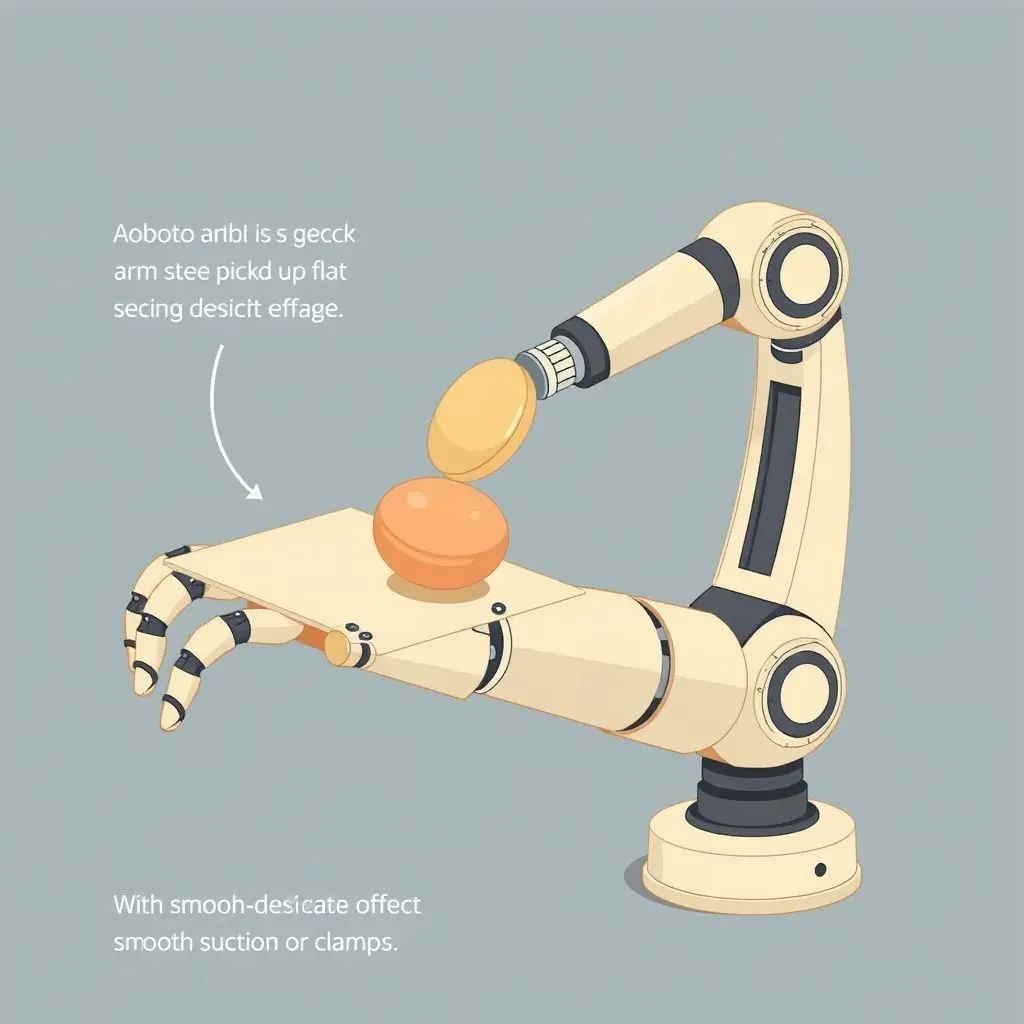
Frequently Asked Questions About Gecko Adhesion and Biomimicry
Q: Is gecko adhesion the same as being sticky like tape?
A: No, it’s fundamentally different. Tape uses chemical adhesives that form bonds and often leave residue. Gecko adhesion relies on physical forces (Van der Waals) acting at a microscopic level. It’s a non-sticky, reusable grip based on maximizing contact.
Q: Can gecko-inspired adhesives work on any surface?
A: They work best on smooth, clean surfaces where the spatulae can make close contact. Rough or dirty surfaces can reduce the effective contact area, weakening the grip. Research is ongoing to improve performance on a wider range of surfaces.
Q: Are these synthetic gecko adhesives reusable?
A: Yes, reusability without losing significant strength is one of the key advantages researchers are trying to replicate from the natural gecko foot.
Q: When can I buy gecko-inspired super-adhesives?
A: While prototypes and specialized applications exist in research and industrial settings, widespread consumer products are still under development. Challenges in manufacturing, durability, and cost need to be overcome for mass market adoption.
Learning from Nature’s Designs
The gecko’s foot is a powerful reminder that some of the most innovative solutions are already perfected in the natural world through evolution. Biomimicry isn’t just about copying shapes; it’s about understanding the underlying principles and mechanisms that make biological systems so effective. From a tiny lizard clinging to a leaf to advanced materials and robotics, the lessons learned from gecko adhesion are inspiring a new generation of super-adhesives that promise incredible capabilities without the mess or limitations of traditional glues. Nature, it seems, still has plenty of secrets to share, waiting for us to observe, understand, and learn from its brilliance.
